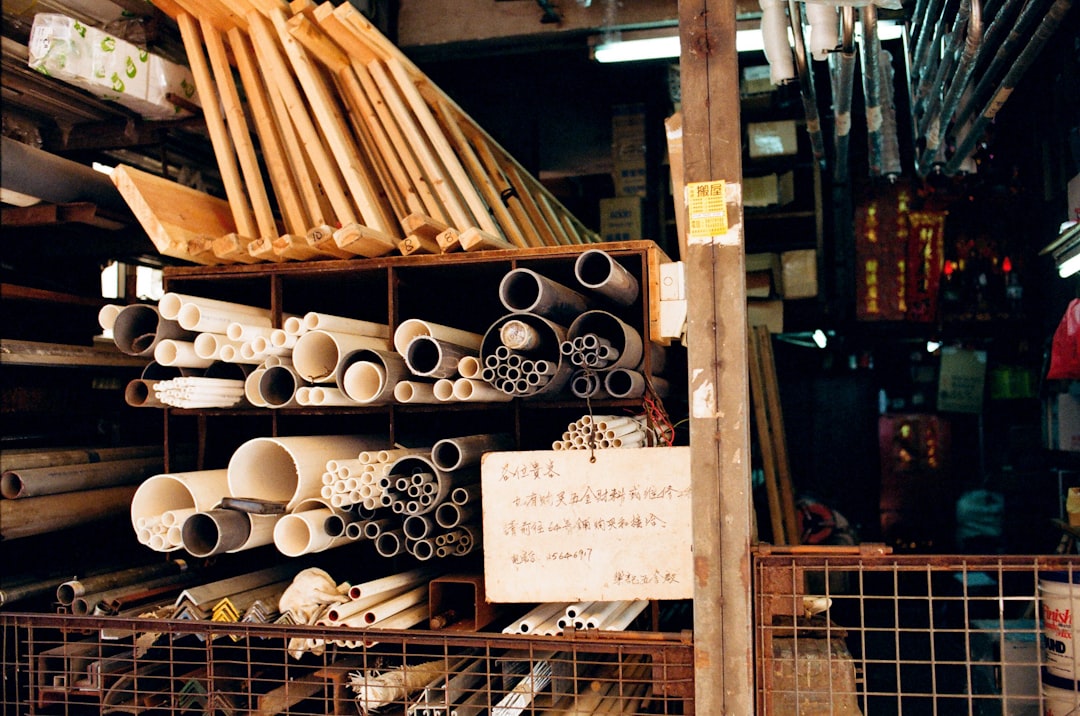body {
font-family: sans-serif;
line-height: 1.6;
}
h1, h2, h3 {
color: #333;
}
h1 {
font-size: 2.5em;
}
h2 {
font-size: 2em;
}
h3 {
font-size: 1.5em;
}
The steel industry relies heavily on adherence to stringent standards to ensure the quality, safety, and reliability of its products. The American Society for Testing and Materials (ASTM) provides a crucial framework for these standards, dictating specifications for various steel grades and testing procedures. Understanding and complying with ASTM standards is paramount for steel producers seeking to maintain a competitive edge and deliver products that meet the demands of diverse applications.
Understanding ASTM Standards in Steel Production
ASTM International develops and publishes voluntary consensus standards for materials, products, systems, and services. In the steel industry, these standards cover a vast range of aspects, including chemical composition, mechanical properties (like tensile strength, yield strength, and elongation), impact resistance, hardness, and weldability. Each steel grade is typically defined by a specific ASTM designation, such as A36 (structural steel) or A572 (high-strength low-alloy steel). These designations clearly specify the required properties and testing methods, allowing for consistent quality control throughout the supply chain.
Key ASTM Standards for Common Steel Grades
Several ASTM standards are critical for different types of steel. For instance, ASTM A36 covers structural steel, outlining its minimum yield strength and tensile strength. ASTM A572 defines high-strength low-alloy steels, often used in bridges and other demanding structural applications. ASTM A672 addresses the requirements for high-strength low-alloy steel plates. Beyond structural steels, ASTM standards also cover stainless steels (e.g., ASTM A240), tool steels, and other specialized grades. The specific standard applied depends entirely on the intended use of the steel and the required properties.
The Importance of Material Testing and ASTM Compliance
Adherence to ASTM standards necessitates rigorous material testing throughout the steel production process. These tests verify that the steel meets the specified chemical composition and mechanical properties. Common tests include tensile testing (to determine yield and tensile strength), impact testing (to assess toughness), hardness testing (to measure resistance to indentation), and chemical analysis (to verify the elemental composition). These tests are not only crucial for ensuring product quality but also for demonstrating compliance with relevant regulations and industry standards. Detailed records of these tests are essential for traceability and accountability.
Consequences of Non-Compliance with ASTM Standards
Failure to comply with ASTM standards can have serious consequences. This can range from product recalls and financial losses to reputational damage and legal liabilities. Non-compliant steel may exhibit inadequate strength or other undesirable properties, leading to structural failures, safety hazards, and potentially catastrophic events. Furthermore, non-compliance can result in rejection of materials by customers, leading to significant production delays and economic losses. Therefore, maintaining strict ASTM compliance is not merely a matter of best practice; it’s a critical aspect of responsible steel production.
Ensuring ASTM Compliance in Your Steel Production Process
Implementing a robust quality management system (QMS) is crucial for ensuring consistent ASTM compliance. This involves establishing clear procedures for material selection, processing, testing, and documentation. Regular audits and internal inspections are necessary to identify and address any potential deviations from the standards. Investing in accurate and reliable testing equipment and employing skilled personnel are vital components of a successful compliance program. Regular training for personnel on ASTM standards and testing procedures is also essential to maintain proficiency and ensure consistent results. Finally, maintaining detailed records of all testing and inspection activities is critical for traceability and demonstrating compliance to external stakeholders.
By meticulously adhering to ASTM standards, steel producers can ensure the quality, safety, and reliability of their products, fostering trust with customers and maintaining a competitive advantage in the marketplace. The investment in compliance is an investment in long-term success.
Tags: ASTM, Steel Production, Quality Control, Material Testing, Compliance Standards




